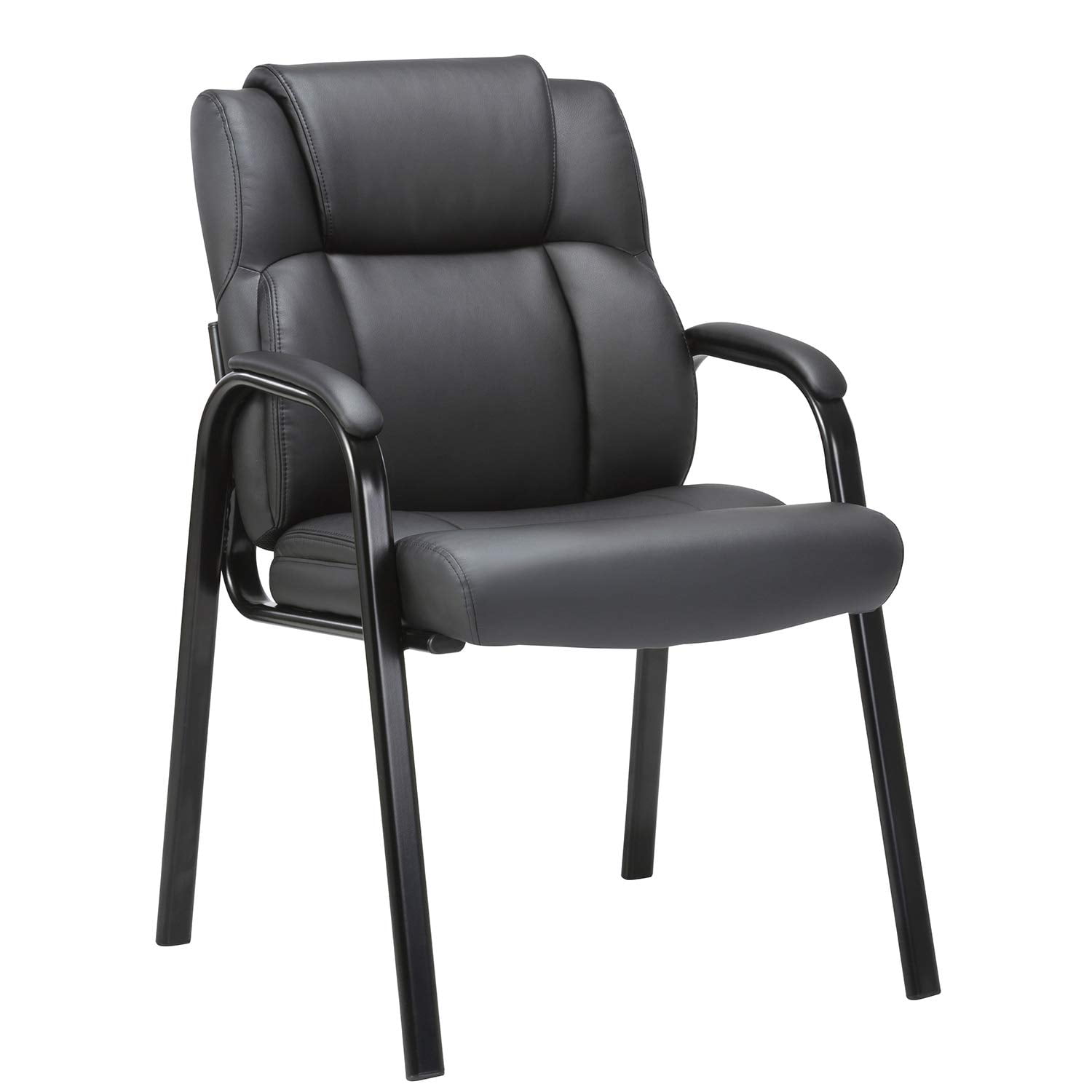Narrow Desk Chair with Arms

The narrow desk chair with arms represents a thoughtful compromise between space-saving design and ergonomic support. Its compact footprint makes it ideal for smaller workspaces, while the inclusion of armrests offers crucial postural benefits often missing in armless chairs. This discussion will delve into the design features and ergonomic advantages of this specific chair type.
Ergonomic Benefits of Narrow Desk Chairs with Arms, Narrow desk chair with arms
Proper posture is paramount for long-term health and comfort. Narrow desk chairs with arms, when designed correctly, can significantly contribute to maintaining good posture by providing crucial support. The armrests reduce strain on the shoulders and neck by allowing the arms to rest comfortably, preventing hunching and promoting a more upright posture. Furthermore, the narrower design, while compact, still allows for appropriate hip and back support, preventing slouching and promoting healthy spinal alignment. The overall impact is reduced fatigue and improved comfort during prolonged sitting.
Design Elements and Manufacturer Variations
Several manufacturers produce narrow desk chairs with arms, each employing distinct design elements. Herman Miller, for example, might emphasize sleek, minimalist aesthetics and high-end materials like polished aluminum and breathable mesh fabrics. In contrast, a brand like Steelcase might focus on robust construction and adjustable features, utilizing durable plastics and supportive foam padding. Differences in materials impact durability, comfort, and overall aesthetic appeal. Construction techniques also vary; some chairs might feature a more complex, multi-part assembly, while others may boast simpler, more streamlined designs. These variations cater to diverse preferences and budgets. Style differences range from modern and minimalist to more traditional and classic designs, influencing the overall look and feel of the workspace.
Armrest Styles and User Experience
The armrests are a key differentiator in narrow desk chairs. Different styles cater to various user needs and preferences. The following table summarizes common armrest types:
| Armrest Type | Materials | Pros | Cons |
|---|---|---|---|
| Padded Fixed | Foam padding, plastic or wood base | Comfortable, affordable | Lack of adjustability, may not suit all body types |
| Adjustable Height | Metal, plastic, padded | Customizable height for optimal support | More complex mechanism, potentially higher price |
| Adjustable Width | Metal, padded | Accommodates varying shoulder widths | More complex mechanism, potentially higher price |
| 4D Adjustable | Metal, padded | Height, width, depth, and angle adjustment for ultimate customization | Most expensive, complex mechanism |
Height and Tilt Adjustment Mechanisms
The ability to adjust the chair’s height and tilt is crucial for optimal ergonomics. Different mechanisms achieve this adjustment.
- Pneumatic Lift: A gas cylinder provides smooth and effortless height adjustment.
- Lever-Based Tilt: A lever under the seat allows for adjusting the chair’s tilt and often includes a tilt lock mechanism.
- Synchronous Tilt: A more advanced mechanism that synchronizes the seat and backrest tilt for natural movement.
- Multi-functional Adjustment: Some chairs offer combined adjustment controls for height, tilt, and sometimes lumbar support.
